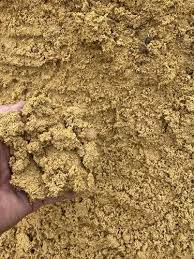Sand mining is the extraction of sand, mainly through an open pit but sometimes mined from beaches and inland dunes or dredged from ocean and river beds. Sand is often used in manufacturing, for example as an abrasive or in concrete. It is also used on icy and snowy roads, usually mixed with salt, to lower the melting point temperature on the road surface. Sand can replace eroded coastline.[1] Some uses require higher purity than others; for example sand used in concrete must be free of seashell fragments. Sand mining presents opportunity to extract rutile, ilmenite and zircon, which contain the industrially useful elements titanium and zirconium. These minerals typically occur combined with ordinary sand, then are separated in water by virtue of their different densities, before the sand is redeposited.
- Call us now : +91 9928075573
- Mail us : info@thejodhpurminetech.com
Mines
SAND (BAJRI)

BALL CLAY
Ball clays are kaolinitic sedimentary clays that commonly consist of 20–80% kaolinite, 10–25% mica, 6–65% quartz. Localized seams in the same deposit have variations in composition, including the quantity of the major minerals, accessory minerals and carbonaceous materials such as lignite.[1] They are fine-grained and plastic in nature, and, unlike most earthenware clays, produce a fine quality white-coloured pottery body when fired, which is the key to their popularity with potters. Ball clays are relatively scarce deposits due to the combination of geological factors needed for their formation and preservation. They are mined in parts of the Eastern United States and from three sites[2] in Devon and Dorset in South West England.[3] They are commonly used in the construction of many ceramic articles, where their primary role, apart from their white colour, is either to impart plasticity or to aid rheological stability during the shaping processes.

BRICK EARTH
Brickearth is a term originally used to describe superficial windblown deposits found in southern England. The term has been employed in English-speaking regions to describe similar deposits. Brickearths are periglacial loess, a wind-blown dust deposited under extremely cold, dry, peri- or postglacial conditions. The name arises from its early use in making house bricks, its composition being suitable for brick-making without additional material being added and unlike clay its bricks can be hardened (fused) at lower temperatures, including in wood-fired kilns.

CHINA CLAY
Kaolinite (/ˈkeɪəlɪnaɪt/)[4][5] is a clay mineral, part of the group of industrial minerals, with the chemical composition Al2Si2O5(OH)4. It is a layered silicate mineral, with one tetrahedral sheet of silica (SiO 4) linked through oxygen atoms to one octahedral sheet of alumina (AlO 6) octahedra.[6] Rocks that are rich in kaolinite are known as kaolin /ˈkeɪəlɪn/ or china clay.[7] The name "kaolin" is derived from "Gaoling" (Chinese: 高嶺; pinyin: Gāolǐng; literally: 'High Ridge'), a Chinese village near Jingdezhen in southeastern China's Jiangxi Province.[8] The name entered English in 1727 from the French version of the word: kaolin, following François Xavier d'Entrecolles's reports on the making of Jingdezhen porcelain.[9]
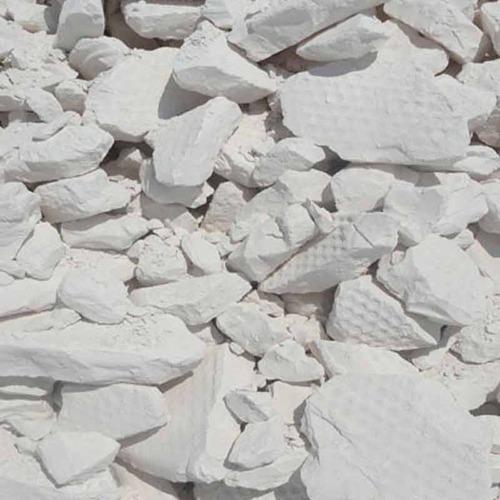
DOLOMITE
Dolomite may refer to: Dolomite (mineral), a carbonate mineral Dolomite (rock), also known as dolostone, a sedimentary carbonate rock Dolomite, Alabama, unincorporated community in Jefferson County Dolomite, California, unincorporated community in Inyo County Dolomites, section of the Alps Triumph Dolomite (1934–40), sporting cars made by Triumph Motor Company Triumph Dolomite, popular small car made by the British Leyland Corporation in the 1970s and 1980s
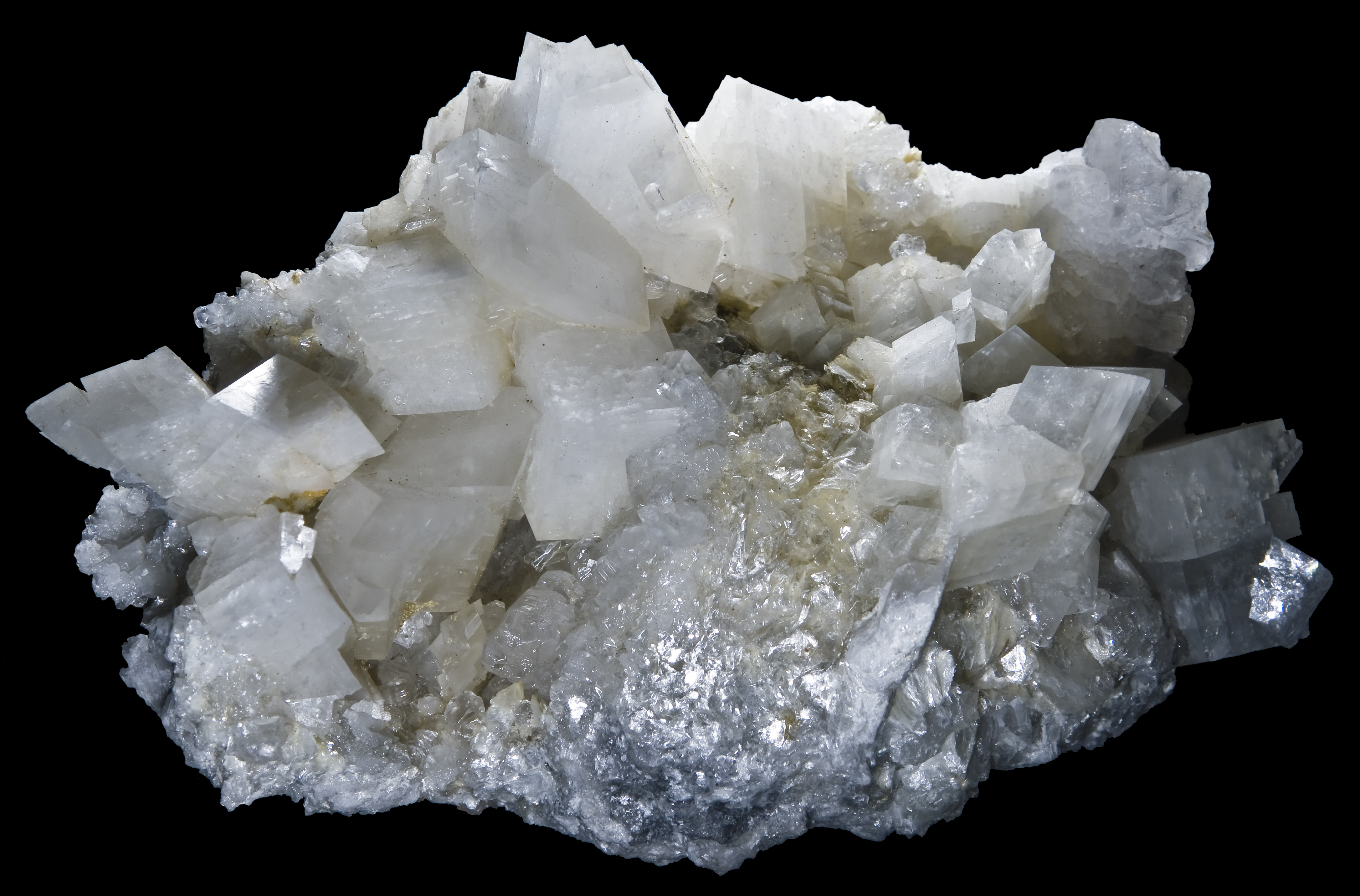
FLEDSPAR
Feldspars (KAlSi3O8 – NaAlSi3O8 – CaAl2Si2O8) are a group of rock-forming tectosilicate minerals that make up about 41% of the Earth's continental crust by weight.[2][3] Feldspars crystallize from magma as veins in both intrusive and extrusive igneous rocks and are also present in many types of metamorphic rock.[4] Rock formed almost entirely of calcic plagioclase feldspar is known as anorthosite.[5] Feldspars are also found in many types of sedimentary rocks.
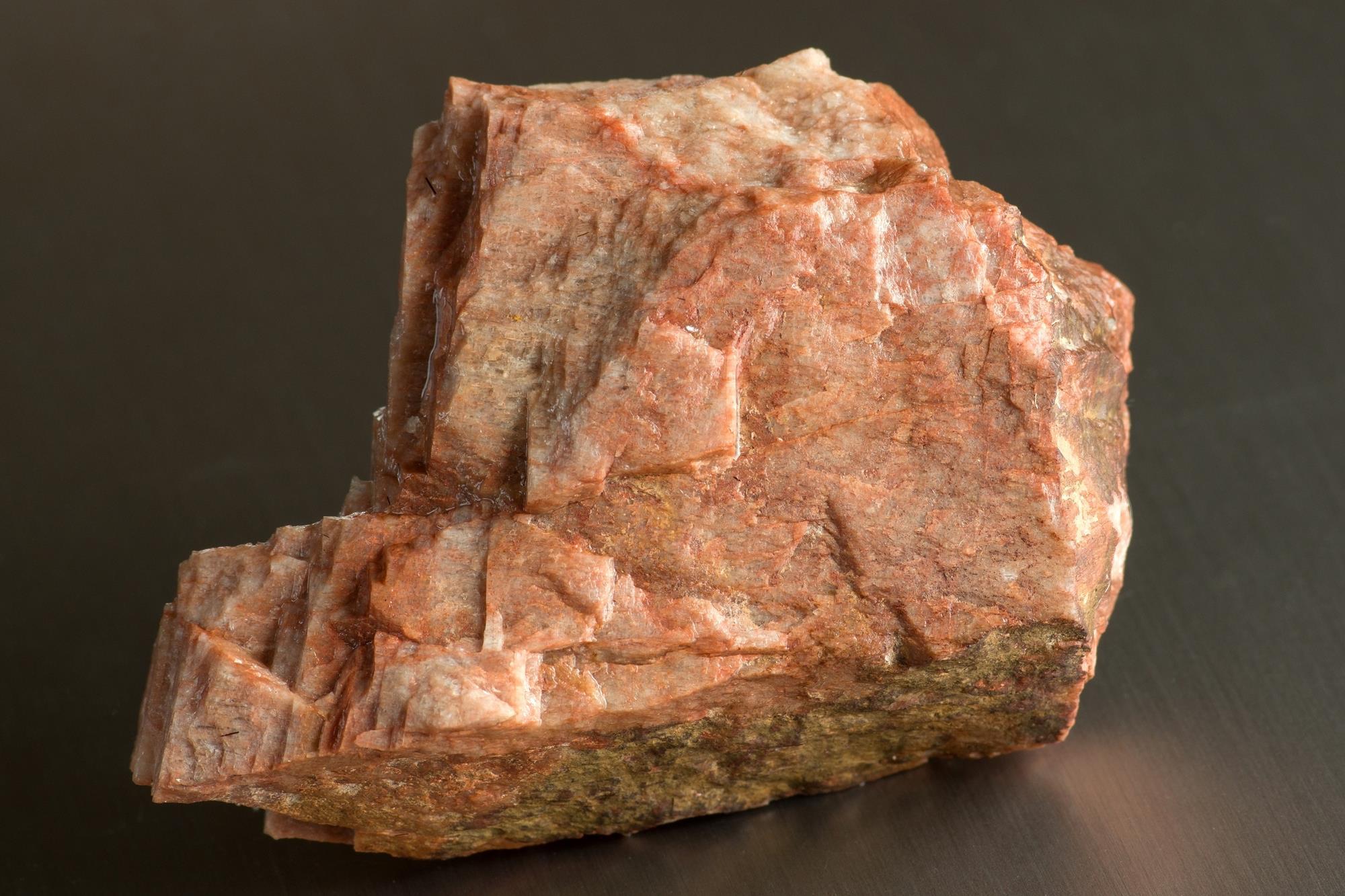
FIRE CLAY
High-grade fire clays can withstand temperatures of 1,775 °C (3,227 °F), but to be referred to as a "fire clay" the material must withstand a minimum temperature of 1,515 °C (2,759 °F).[2] Fire clays range from flint clays to plastic fire clays, but there are semi-flint and semi-plastic fire clays as well. Fire clays consist of natural argillaceous materials, mostly Kaolinite group clays, along with fine-grained micas and quartz, and may also contain organic matter and sulphur compounds. Fire clay is resistant to high temperatures, having fusion points higher than 1,600 °C (2,910 °F); therefore it is suitable for lining furnaces, as fire brick, and for manufacture of utensils used in the metalworking industries, such as crucibles, saggars, retorts and glassware. Because of its stability during firing in the kiln, it can be used to make complex items of pottery such as pipes and sanitary ware.
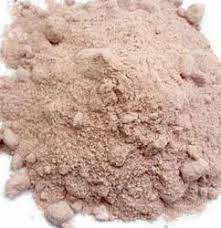
GYPSUM
Gypsum is a soft sulfate mineral composed of calcium sulfate dihydrate, with the chemical formula CaSO4·2H2O.[3] It is widely mined and is used as a fertilizer and as the main constituent in many forms of plaster, blackboard chalk and wallboard. A massive fine-grained white or lightly tinted variety of gypsum, called alabaster, has been used for sculpture by many cultures including Ancient Egypt, Mesopotamia, Ancient Rome, the Byzantine Empire and the Nottingham alabasters of Medieval England. Gypsum also crystallizes as beautiful translucent crystals of selenite (mineral). It also forms as an evaporite mineral and as a hydration product of anhydrite. The Mohs scale of mineral hardness defines hardness value 2 as gypsum based on scratch hardness comparison.
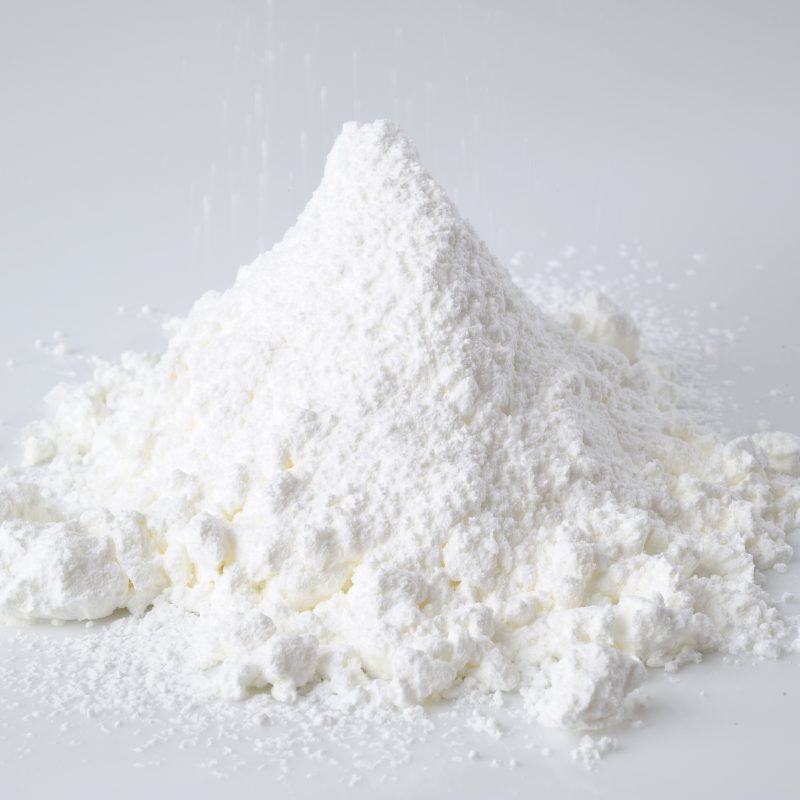
LIME STONE
Limestone is a carbonate sedimentary rock that is often composed of the skeletal fragments of marine organisms such as coral, foraminifera, and molluscs. Its major materials are the minerals calcite and aragonite, which are different crystal forms of calcium carbonate (CaCO3). A closely related rock is dolomite, which contains a high percentage of the mineral dolomite, CaMg(CO3)2. In fact, in old USGS publications, dolomite was referred to as magnesian limestone, a term now reserved for magnesium-deficient dolomites or magnesium-rich limestones. Travertine limestone terraces of Pamukkale, Turkey. About 10% of sedimentary rocks are limestones. The solubility of limestone in water and weak acid solutions leads to karst landscapes, in which water erodes the limestone over thousands to millions of years. Most cave systems are through limestone bedrock.
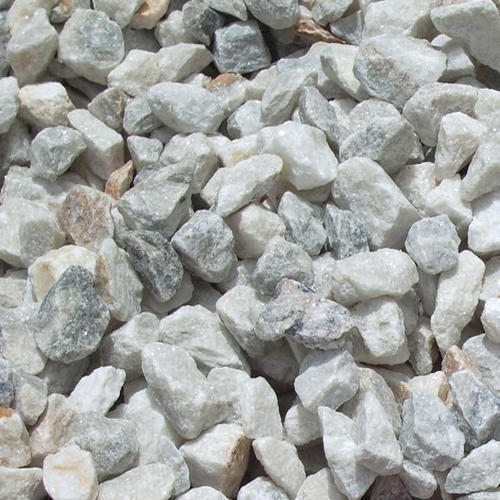
MARBLE
Marble is a rock resulting from metamorphism of sedimentary carbonate rocks, most commonly limestone or dolomite rock. Metamorphism causes variable recrystallization of the original carbonate mineral grains. The resulting marble rock is typically composed of an interlocking mosaic of carbonate crystals. Primary sedimentary textures and structures of the original carbonate rock (protolith) have typically been modified or destroyed. Pure white marble is the result of metamorphism of a very pure (silicate-poor) limestone or dolomite protolith. The characteristic swirls and veins of many colored marble varieties are usually due to various mineral impurities such as clay, silt, sand, iron oxides, or chert which were originally present as grains or layers in the limestone. Green coloration is often due to serpentine resulting from originally magnesium-rich limestone or dolomite with silica impurities. These various impurities have been mobilized and recrystallized by the intense pressure and heat of the metamorphism.
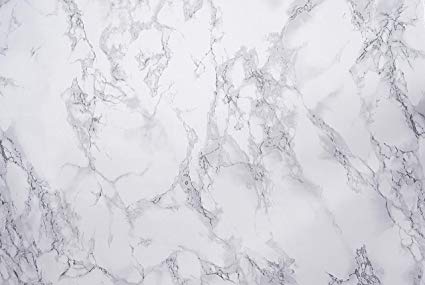
MASONRY STONE
Masonry is the building of structures from individual units, which are often laid in and bound together by mortar; the term masonry can also refer to the units themselves. The common materials of masonry construction are brick, building stone such as marble, granite, and limestone, cast stone, concrete block, glass block, and adobe. Masonry is generally a highly durable form of construction. However, the materials used, the quality of the mortar and workmanship, and the pattern in which the units are assembled can substantially affect the durability of the overall masonry construction. A person who constructs masonry is called a mason or bricklayer. These are both classified as construction trades.
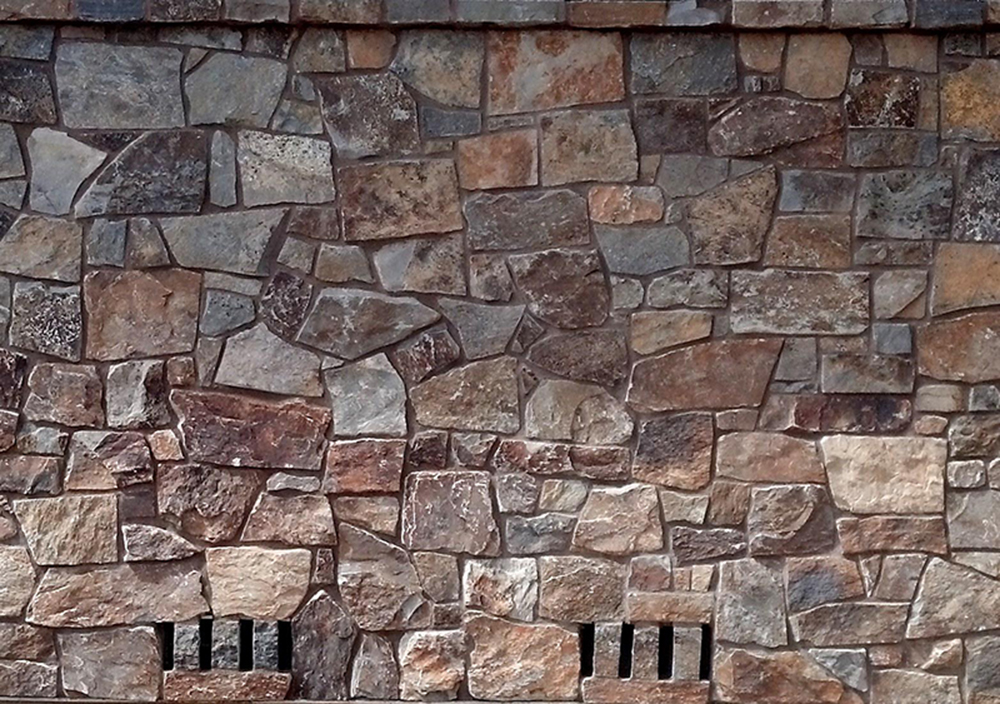
QUARTZ
Quartz is a mineral composed of silicon and oxygen atoms in a continuous framework of SiO4 silicon–oxygen tetrahedra, with each oxygen being shared between two tetrahedra, giving an overall chemical formula of SiO2. Quartz is the second most abundant mineral in Earth's continental crust, behind feldspar.[7] Quartz exists in two forms, the normal α-quartz and the high-temperature β-quartz, both of which are chiral. The transformation from α-quartz to β-quartz takes place abruptly at 573 °C (846 K). Since the transformation is accompanied by a significant change in volume, it can easily induce fracturing of ceramics or rocks passing through this temperature threshold. There are many different varieties of quartz, several of which are semi-precious gemstones. Since antiquity, varieties of quartz have been the most commonly used minerals in the making of jewelry and hardstone carvings, especially in Eurasia.
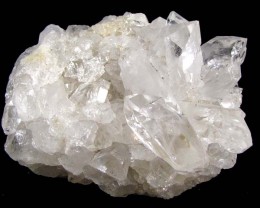
RED OCHRE
Ochre is a family of earth pigments, which includes yellow ochre, red ochre, purple ochre, sienna, and umber. The major ingredient of all the ochres is iron(III) oxide-hydroxide, known as limonite, which gives them a yellow colour. Yellow ochre (Goldochre)- pigment Yellow ochre, FeO(OH)·nH 2O, is a hydrated iron hydroxide (limonite) also called gold ochre. Red ochre, Fe 2O 3, takes its reddish colour from the mineral hematite, which is an anhydrous iron oxide. Purple ochre is identical to red ochre chemically but of a different hue caused by different light diffraction properties associated with a greater average particle size. Brown ochre, also FeO(OH), (goethite), is a partly hydrated iron oxide. Sienna contains both limonite and a small amount of manganese oxide (less than five percent), which makes it darker than ochre.
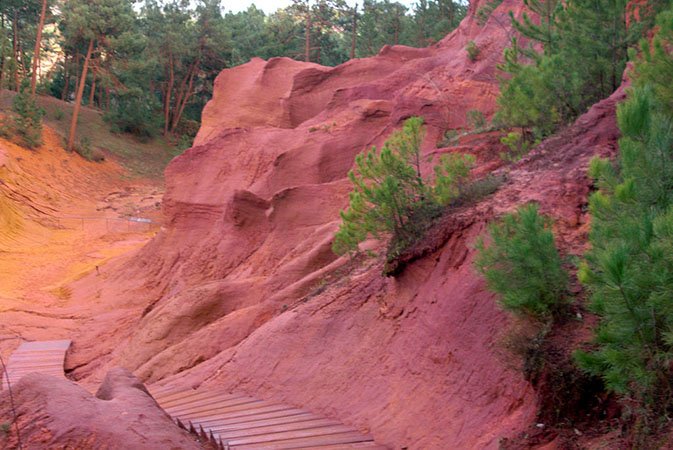
RHYOLITE
Rhyolite can be considered as the extrusive equivalent to the plutonic granite rock, and consequently, outcrops of rhyolite may bear a resemblance to granite. Due to their high content of silica and low iron and magnesium contents, rhyolitic magmas form highly viscous lavas. They also occur as breccias or in volcanic plugs and dikes. Rhyolites that cool too quickly to grow crystals form a natural glass or vitrophyre, also called obsidian. Slower cooling forms microscopic crystals in the lava and results in textures such as flow foliations, spherulitic, nodular, and lithophysal structures. Some rhyolite is highly vesicular pumice. Many eruptions of rhyolite are highly explosive and the deposits may consist of fallout tephra/tuff or of ignimbrites. Eruptions of rhyolite are relatively rare compared to eruptions of less felsic lavas. Only three eruptions of rhyolite have been recorded since the start of the 20th century: at the St. Andrew Strait volcano in Papua New Guinea, Novarupta volcano in Alaska, and Chaiten in southern Chile.
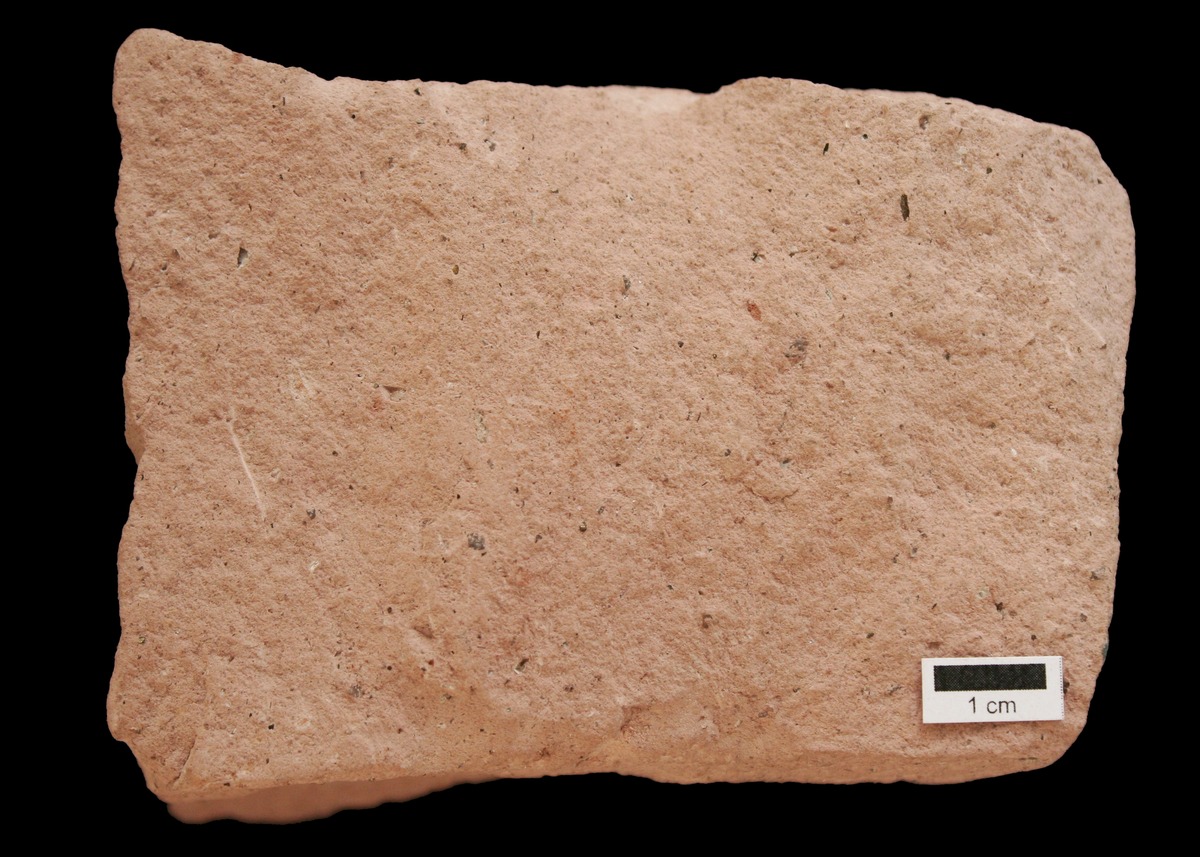
SAND STONE
Sandstone is a clastic sedimentary rock composed mainly of sand-sized (0.0625 to 2 mm) mineral particles or rock fragments. Most sandstone is composed of quartz or feldspar (both silicates) because they are the most resistant minerals to weathering processes at the Earth's surface, as seen in Bowen's reaction series. Like uncemented sand, sandstone may be any color due to impurities within the minerals, but the most common colors are tan, brown, yellow, red, grey, pink, white, and black. Since sandstone beds often form highly visible cliffs and other topographic features, certain colors of sandstone have been strongly identified with certain regions. Rock formations that are primarily composed of sandstone usually allow the percolation of water and other fluids and are porous enough to store large quantities, making them valuable aquifers and petroleum reservoirs. Fine-grained aquifers, such as sandstones, are better able to filter out pollutants from the surface than are rocks with cracks and crevices, such as limestone or other rocks fractured by seismic activity.

YELLOW SAND
Yellow Sand is a granular material composed of finely divided rock and mineral particles. It is defined by size, being finer than gravel and coarser than silt. Sand can also refer to a textural class of soil or soil type; i.e., a soil containing more than 85 percent sand-sized particles by mass.[1] The composition of sand varies, depending on the local rock sources and conditions, but the most common constituent of sand in inland continental settings and non-tropical coastal settings is silica (silicon dioxide, or SiO2), usually in the form of quartz. The second most common type of sand is calcium carbonate, for example, aragonite, which has mostly been created, over the past half billion years, by various forms of life, like coral and shellfish. For example, it is the primary form of sand apparent in areas where reefs have dominated the ecosystem for millions of years like the Caribbean.
